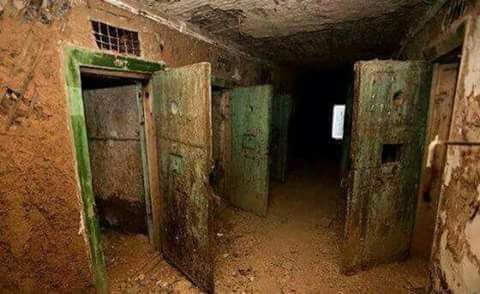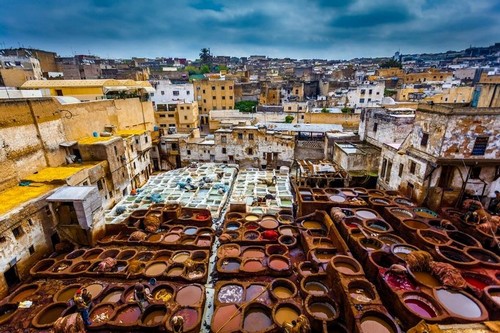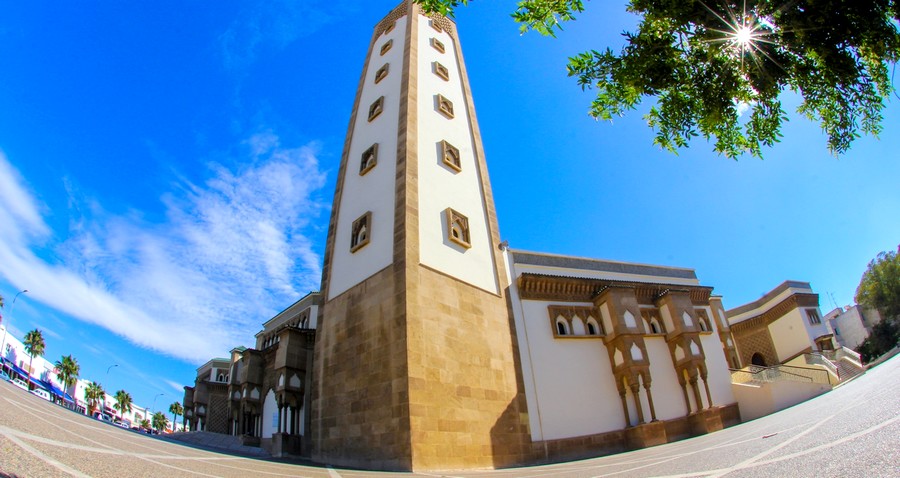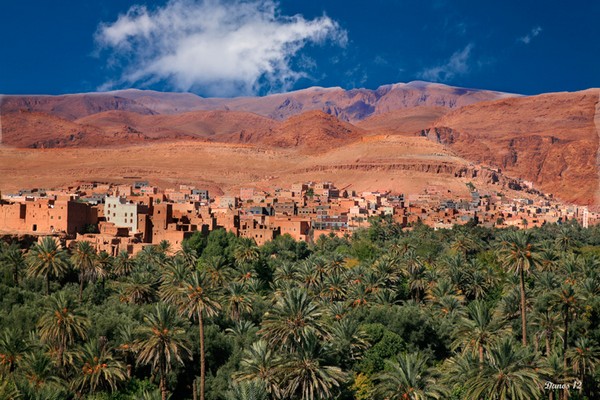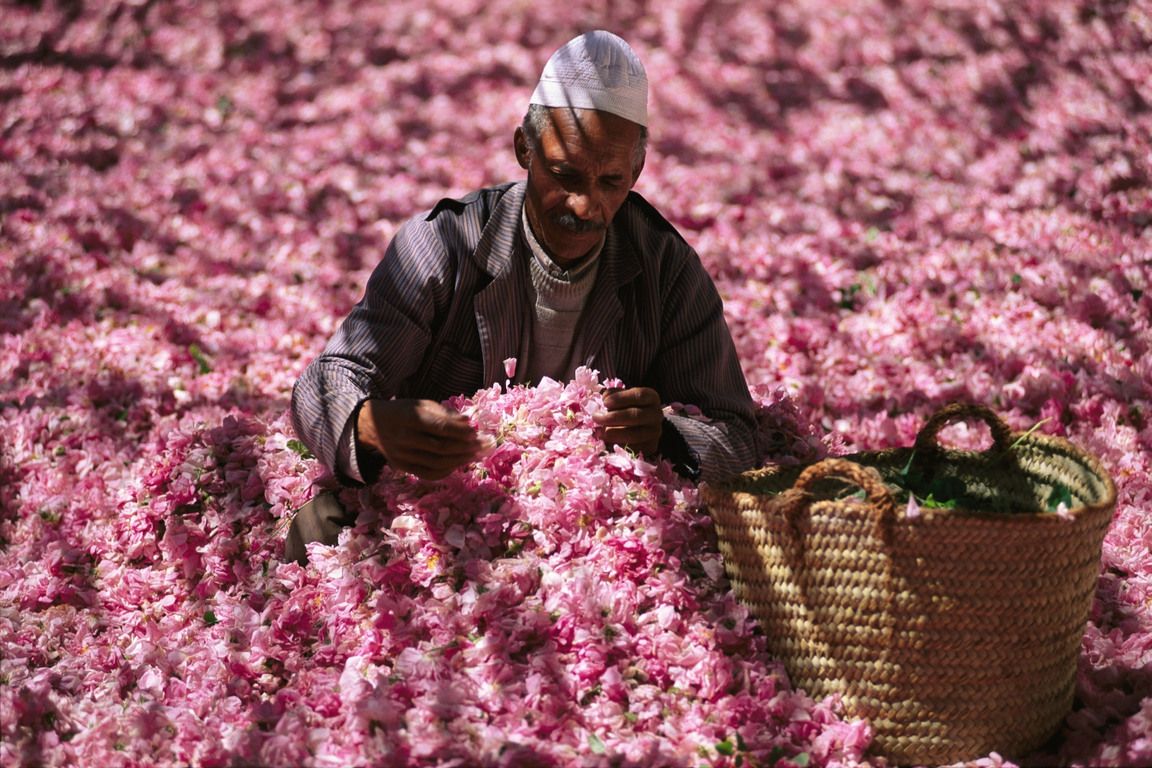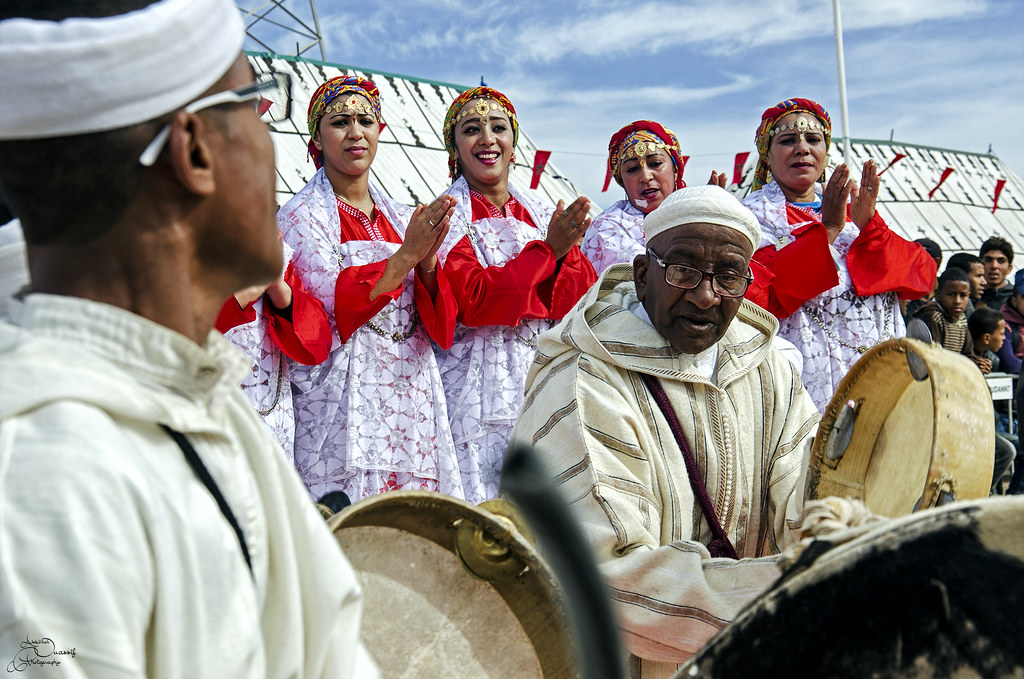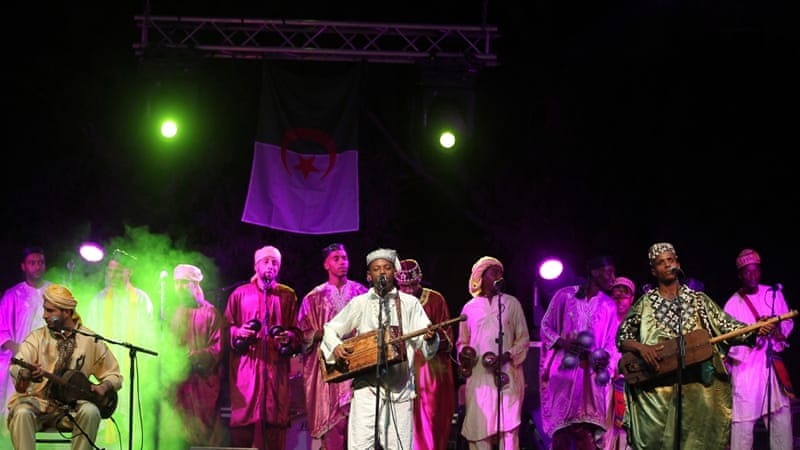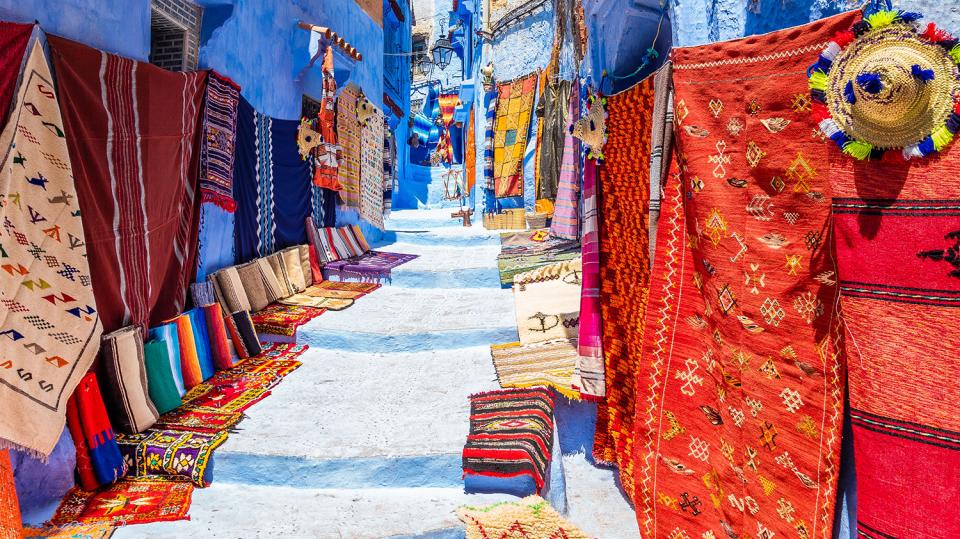Ahmed bin Musa al-Sharqi was the real name of a figure who bore the title of "Bahmad" in all aspects of his life, which enabled him to occupy the position of the bishop and then the great Sadr during the reign of Sultan Mohammed IV and Hassan I, also played a significant role in the inauguration of Sultan Abdul Aziz was still at an early age when he ascended the throne (he was between 14 or 16 years old according to different accounts), and then that Bahmad love passion love daughter of "Abbas bin Dawood" Pasha Marrakesh before the era of Al-Alawi, and here the novels say that The case of Hammad was completely changed after his marriage to Bahia as he was completely dominated by the idea of constructing the Palace of Bahia to reflect the extent His love for her, which was commissioned for this task, is the most skilled of craftsmen from all parts of Morocco, but also from outside it, but he is not in a state of steadfastness which has maintained the same firmness and determination in matters of state policy to suppress the tribal revolutions and the like. In regard to his personal needs or the rest of the things that can be passed on to him after he was not allowed to "lick" in all other affairs and things, and the word and the permanent excuse in his tongue when asked to do something of this second type of measure is:
"Till the Bahia will be completed!!
That is to say, until the palace is complete and he is not talking about himself and his mind completely for the rest of things, but fate was more difficult than he imagined; he will die before the end of the work in the palace / teacher / masterpiece / project of life, but the worst of that is the fate His son-in-law, Abbas Ibn Daoud, and his daughter were no better; the strong Pasha was removed from his position and powers, and even exiled from the city. The wife of Bahamad did not last long to join her husband in the Supreme Comrade only two years after his death.
From that day on, "Camel of the Bahia" became a parable of parables in Marrakech and the rest of the national territory to this day of the people.
Every corner of Bahia Palace in the Moroccan city of Marrakech is a tale or perhaps tales. This palace, which was the residence of Minister Abu Ahmed bin Musa, nicknamed "Bahmad" and "Grand Sadr" because he was the guardian of the little king and the son of Abdul Aziz, who’s father died, King Hassan I was not more than 12 years, Reflecting on the prevailing culture at all levels in that era of Moroccan history.
Bahamad had four wives and 24 women. He chose his name Al-Bahia for the palace after the name of his favorite wife. He also revealed that Al-Sadr the Great decided to build the palace on one floor To limit his height and excessive temperament, he was unable to climb the stairs.
Surprisingly, the tour guide said that the minister, whose father started building the palace and died before it was finished, used to decorate the guards and choose blind musicians so that the elders would not revolt against his wives and neighbors, and the musicians would not see them. He did not reveal whether he was seeking to choose them blindly or that he was opening their eyes, knowing that he was working in the palace more than six thousand servants.
The palace, which is built on hundreds of hectares, includes five buildings and three gardens, a garden for the minister's women, another for my neighbor, and a third for him personally. All the palace decorations are handcrafted, and the roof's 150 ceilings are made of cedar wood, and no roof resembles the other. The colors of the woodwork decorations were extracted from natural materials such as henna, saffron and pomegranate peel. This wood brought pieces scattered and assembled in Marrakech. The inscriptions on the gypsum spread everywhere were mixed with the "gray marble", and what the Moroccans call "white albumin and yellow bales mixed with saffron."
In addition to the office of the minister and his secretary, the palace contained three waiting rooms to receive complaints and grievances: one for Arabs, one for Jews and one for Amazigh.
The Bahia, which is over 150 years old, has been built for 16 years, with no windows overlooking the outside. All its windows overlook the gardens of the palace, so that women can not "see" anything outside the palace. Their rooms were too large to be forced out, while there were guard corridors, one for women and one for my neighbors, completely separate from one another.
The marble of the palace was brought from Italy, where it was then traded with Moroccan sugar. "Sugar melted in the cups of tea, but their marble remains in the palace of Al-Bahia. Witnessed the arrival of electricity and heating during the French colonial era ».
Since the foundation of Al Bahia, no part of the palace has been rebuilt, even in relation to wood, marble and mosaics, it still preserves its origins, while no marble decoration can be ignored on the floor of each room itself. The wives vary, each wife a different color to the walls of her room.
According to the guide, Bahia 's room is like the size of the mosaics, which are decorated with five colors (white, yellow, green, blue and black) and symbolize the five prayer times in Islam.
Each room has three doors, each of which differs from the other two in design and decoration. The first bears the Berber style in architecture, the second is inspired by the Arab and the third is inspired by the Andalusian style. At the door of each of the wives' rooms is a cedar wooden platform, A source of his voice sounds confirm to the Grandfather that he is always vigilant. Moreover, these voices would prevent the guard from hearing what was going on inside the rooms, whose ceilings were carved in different terms, including "the king of God", "the glory of God", "the remaining wellness" ... and others.
After Bahamad's death in 1900, Bahia Palace was annexed to the royal palaces, and then Minister al-Sadr
